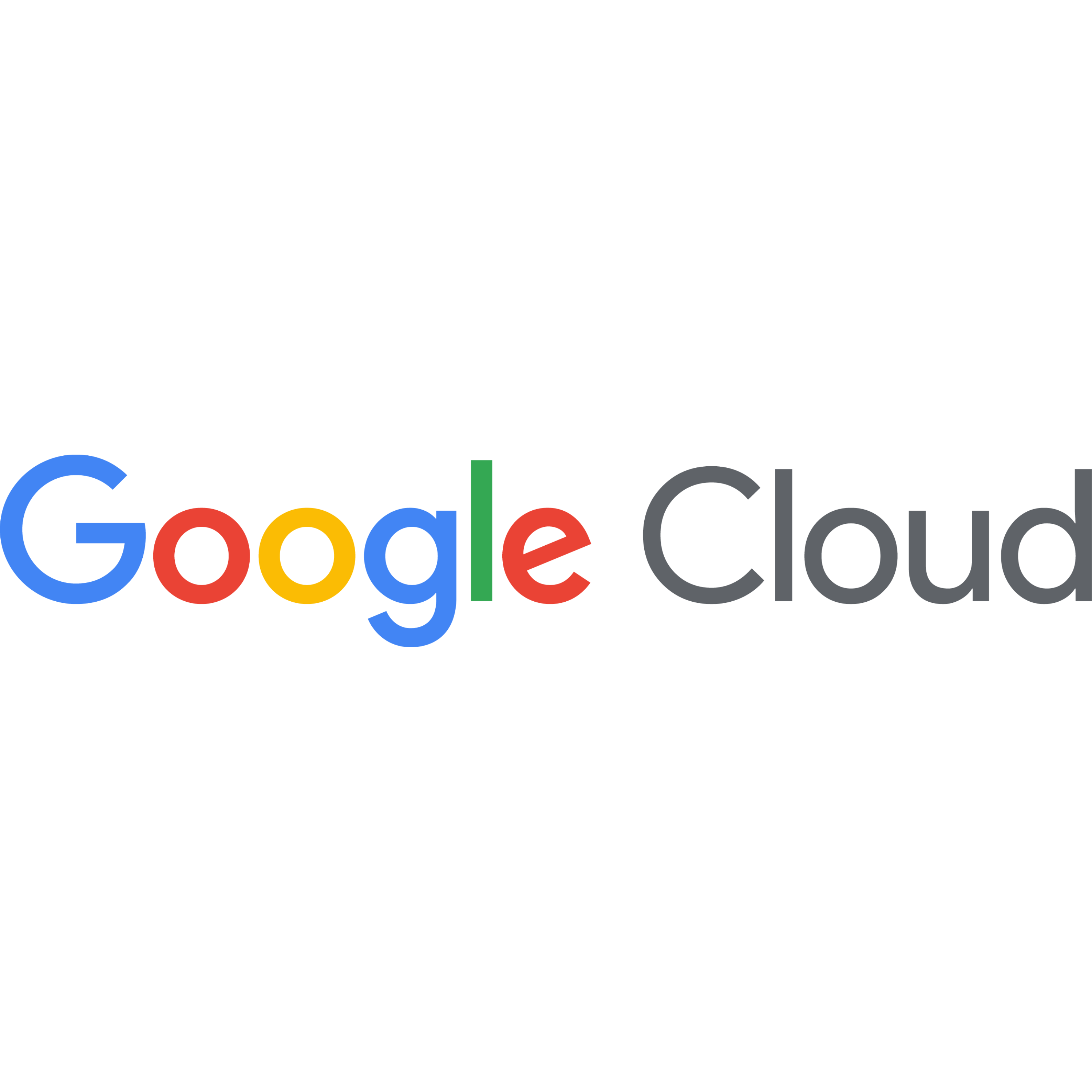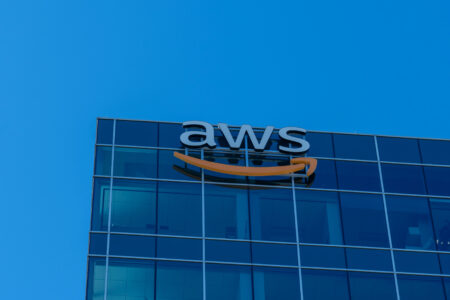
While Amazon’s AWS cloud unit gets plenty of notoriety for being the world’s leading cloud-infrastructure provider, Microsoft’s overall cloud business will generate as much revenue in calendar 2023 as AWS and fast-growing Google Cloud combined.
In a post from late last week, my 2023 revenue projections for the Cloud Wars Top 10 included the following estimates for Microsoft Cloud, which is #1 on my weekly rankings, and for #2 Google Cloud and #3 AWS:
- Microsoft: $124 billion, growing at 21.6%
- Google Cloud: $33.9 billion, growing at 28.9%
- AWS: $91 billion, growing at 13.7%
If those estimates pan out, then Google Cloud and AWS will generate combined revenue of $125 billion versus my projection of $124 billion for Microsoft. All in all, I’m willing to call that a draw.
Now, some in the Silicon Valley bubble will screech that it’s an unfair comparison because Microsoft and AWS don’t offer the exact same portfolios of products and services and therefore I am, as many of those screechers have shouted, “comparing apples and oranges.”
My answer to that is that I’m comparing — all across the Cloud Wars Top 10 — the world’s top cloud providers based on what they have chosen to offer to customers to enable those customers to innovate, grow, and thrive in the digital economy.
Here’s an example. Several years ago, “platform-as-a-service” (PaaS) was a fairly rare bird among the Cloud Wars Top 10. But today, every company in the Top 10 is offering a range of platform services because, quite simply, there’s enormous customer demand for those services. There was no law saying that cloud-applications providers could not offer platform services.

In exactly the same way, the silly “apples to oranges” argument doesn’t hold up as an excuse for not being able to compare Microsoft’s cloud revenue with that of AWS or with that of Google Cloud. The apples-to-oranges crowd often says, “It’s unfair because AWS doesn’t sell applications.” Well, I beg to differ — AWS jumped into the enterprise-apps business early this year with AWS Supply Chain, as I covered in “Inside AWS SaaS Launch: Meet the VP of AWS Supply Chain.”
My point is that the cloud offers an almost-unlimited range of categories and sub-categories for tech vendors to enter — and if some vendors choose not to play in some cloud sectors, that’s fine. And if others do choose to enter various sectors, that’s fine, too.
Microsoft has chosen to play in all facets of the massive cloud market, an approach that CEO Satya Nadella has said reflects the company’s desire to be able to help customers address every element of their “digital estates.” In the same way, AWS has chosen to be very ambitious — and very successful — in building out a superb portfolio of infrastructure services and technologies as well as some impressive moves into the software realm: cloud databases, analytics tools, developer tools and, as noted above, enterprise applications.
The cloud-infrastructure business is a massive, vibrant, and high-value category in which AWS has had enormous success. But it does not represent and never has represented the entire cloud market — and business customers are now aggressively enhancing their early investments in cloud infrastructure with rapidly increasing levels of applications and platform investments. And no doubt the leaders at AWS will react accordingly.
Final Thoughts
This goofy “apples to oranges” notion offers absolutely zero value to business leaders looking to drive their organizations into the digital future, and the advocates of that rationalization are simply trying to avoid facing up to the reality that while AWS dominated the early days of the cloud with its infrastructure-as-a-service (IaaS) innovations and positioning, the cloud of today is very different than the cloud of the past, and the old definitions no longer apply.
Microsoft has been #1 on the Cloud Wars Top 10 for about four years because:
- it is able to address more of what customers need on their business and digital transformations than any other cloud vendor;
- it has made life easier for its customers because it has forged more high-value partnerships than any other major cloud vendor;
- it has been a bold pioneer in the generative AI revolution; and
- it continues to execute and grow superbly at a scale — a projected $124 billion in cloud revenue this year —that clearly demonstrates that it is #1 in the hearts, minds, and budget-allocations of its customers.
If that’s an unfair advantage, then all of Microsoft’s competitors are perfectly free to go out and create some unfair advantages of their own.
Gain insight into the way Bob Evans builds and updates the Cloud Wars Top 10 ranking, as well as how C-suite executives use the list to inform strategic cloud purchase decisions. That’s available exclusively through the Acceleration Economy Cloud Wars Top 10 Course.











